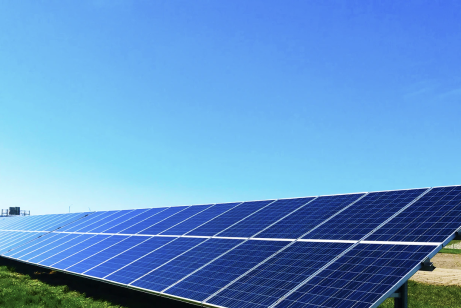

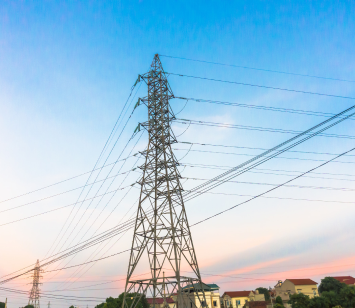
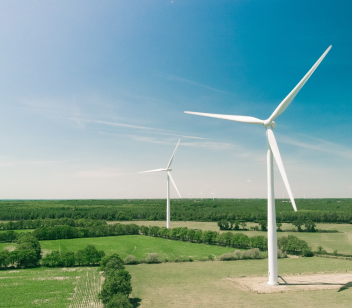

What is a Smart Grid?
A smart grid can be defined as a smart electrical network that combines energy systems and smart digital communication technology. They perform two-way communications between power suppliers and consumers.
Smart Grid = Information Technology + Electrical Grid
The smart grid uses a two-way digital communication of technologies and computer processing which enables electricity industry to better manage energy delivery and transmission. It provides enhanced information flows on grid operations in real time thereby optimising local balancing of supply and demand.
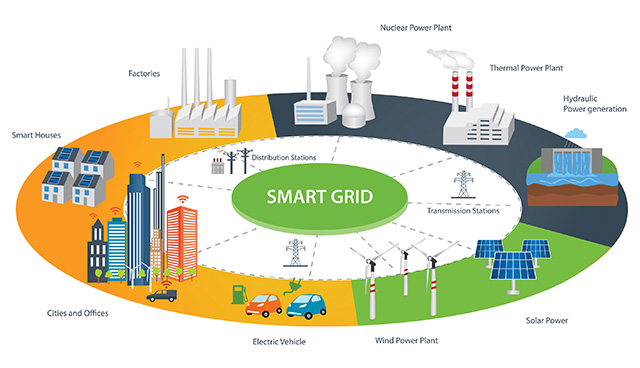
How does a Smart Grid work?
A Smart Grid can be defined as a smart electrical network that combines electrical systems and smart digital communication technology. It is a self-sufficient electrical network systems which are based on digital automation technology for monitoring, control, and analysis within the supply chain.
It performs two-way communication between power suppliers and consumers. A smart grid is capable of controlling electrical power from multiple and widely distributed generation sources, like wind turbines, solar power plant and many more.
In a traditional electrical grid system, the network operator will typically only know the power failure issues when consumer call them and file a complaint.
But in case of a smart grid system, if supply fails and any fault appears then the service provider will automatically respond to the affected area. Because of the components of a smart grid provides enough data to them. i.e. they can collect information from the power transformer, main transmission, and distribution system and finally, to the home supply meter.
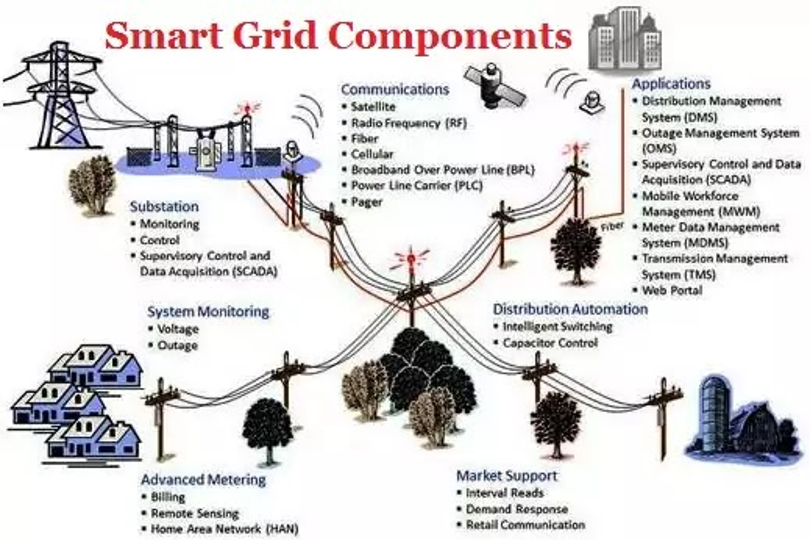
Smart Grid Characteristics & Benefits
- Optimised Operation of the System – A smart grid provides a technology platform to enable the empowerment of the consumers who will ultimately be the energy citizens of the future
- Enables Demand Response and Demand-Side Management. – The smart grid enables demand response and demand-side management through the integration of smart meters, smart appliances and consumer loads, micro-generation and electricity storage and by providing consumers with information related energy use and price.
- Reduces the Environmental Impact. – The smart grid facilitates the connection and operation of generators of all sizes and technologies and accommodates intermittent generation and storage options. It accommodates and facilitates all renewable sources, distributed generation, residential micro-generation and storage options, thus significantly reducing the environmental impact of the whole electricity supply system. It also provides simplified interconnection like “Plug & Play”
- Optimised & Efficient Use of Assets. – The smart grid optimises and efficiently operates assets by intelligent operation of the delivery system and pursuing efficient asset management. This includes utilising assets depending on what is needed and when it is needed.
- Improves Reliability and Security of Supply. – The smart grid operates resiliently in disasters, physical or cyber attacks and delivers enhanced levels of reliability and security of supplying energy. It assures and improves reliability and security of supply by anticipating and responding in a self-healing manner and strengthens the security of supply through enhanced transfer capabilities.
Additional Benefits of a Smart Grid
- The smart grid provides better power management technologies through its integrated systems. This provides a better user interface.
- It has also provided with a better pro-active management system in case of emergency.
- It also provides a better supply and demand management.
- It has reduced carbon emission technology.
- Better quality power.
- Lower cost of operation, maintenance, and management for both utility and consumers.
- It provides more efficient and improved security and protection.
- It has also provided the convenience of reading meters remotely. Meter readers will not have to appear physically to check the meter readings. It will all be done through IT resources.
- It allows for quick recovery after any disturbances in the transmission and distribution networks.
- Reduction of generation costs.
- Facilitates two way management of peak demand load via user participation.
- Through the deployment of microgrids and other dynamic technologies there will be a significant enhancement of the level of deep penetration of all renewable energy sources
